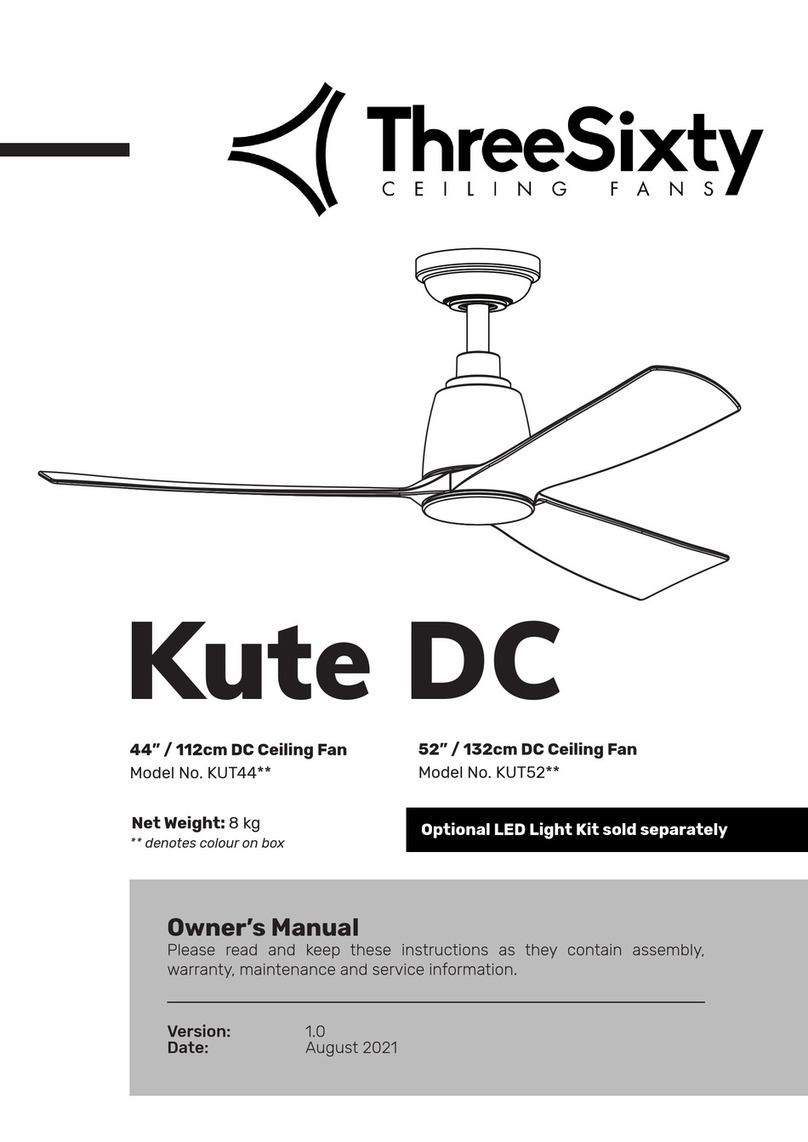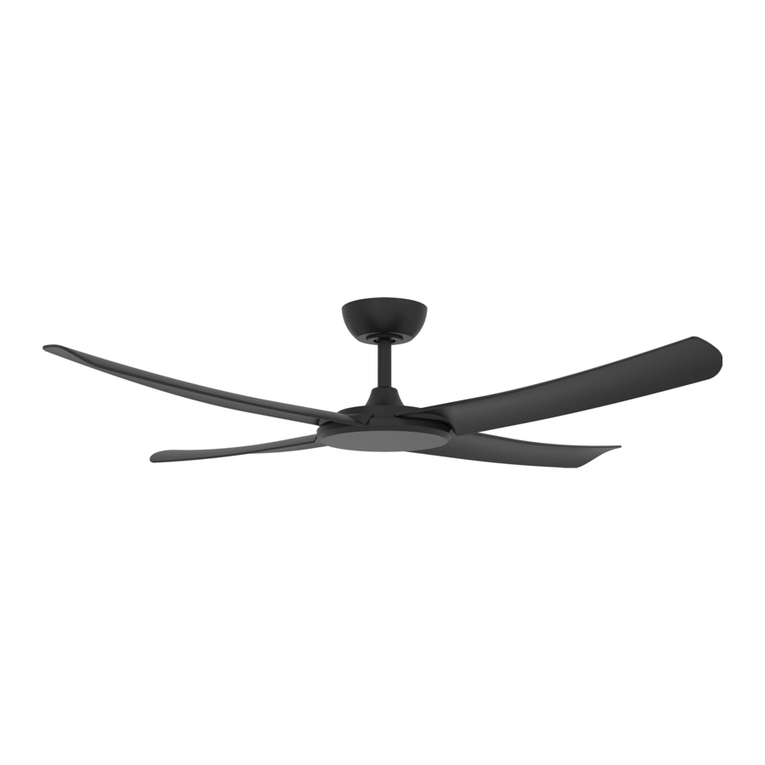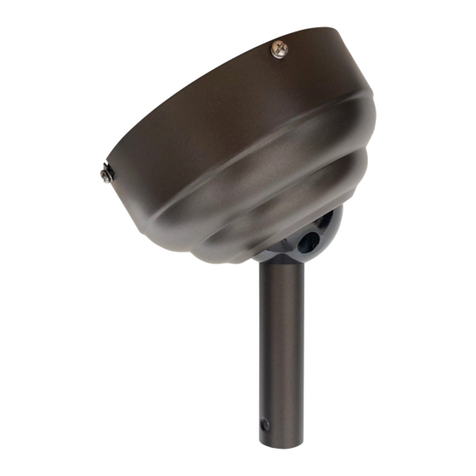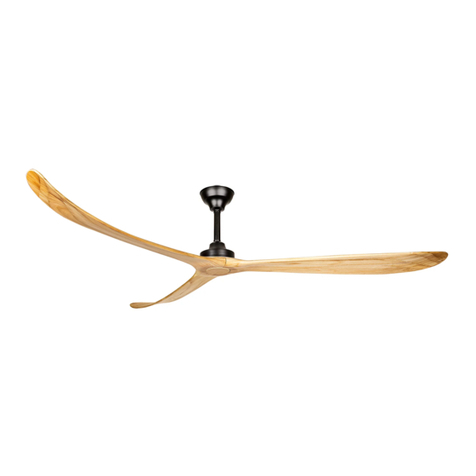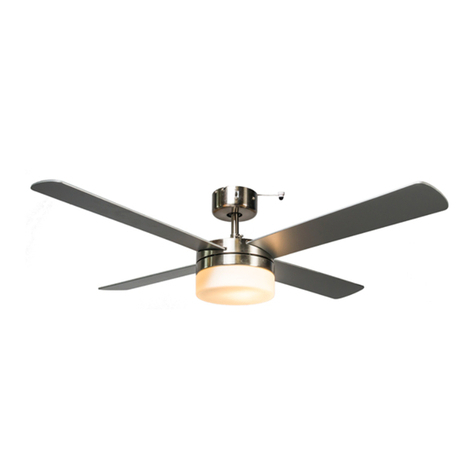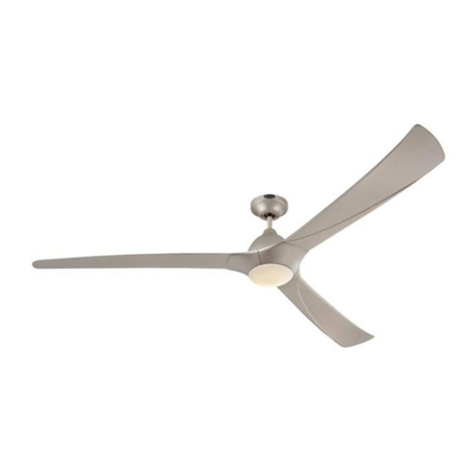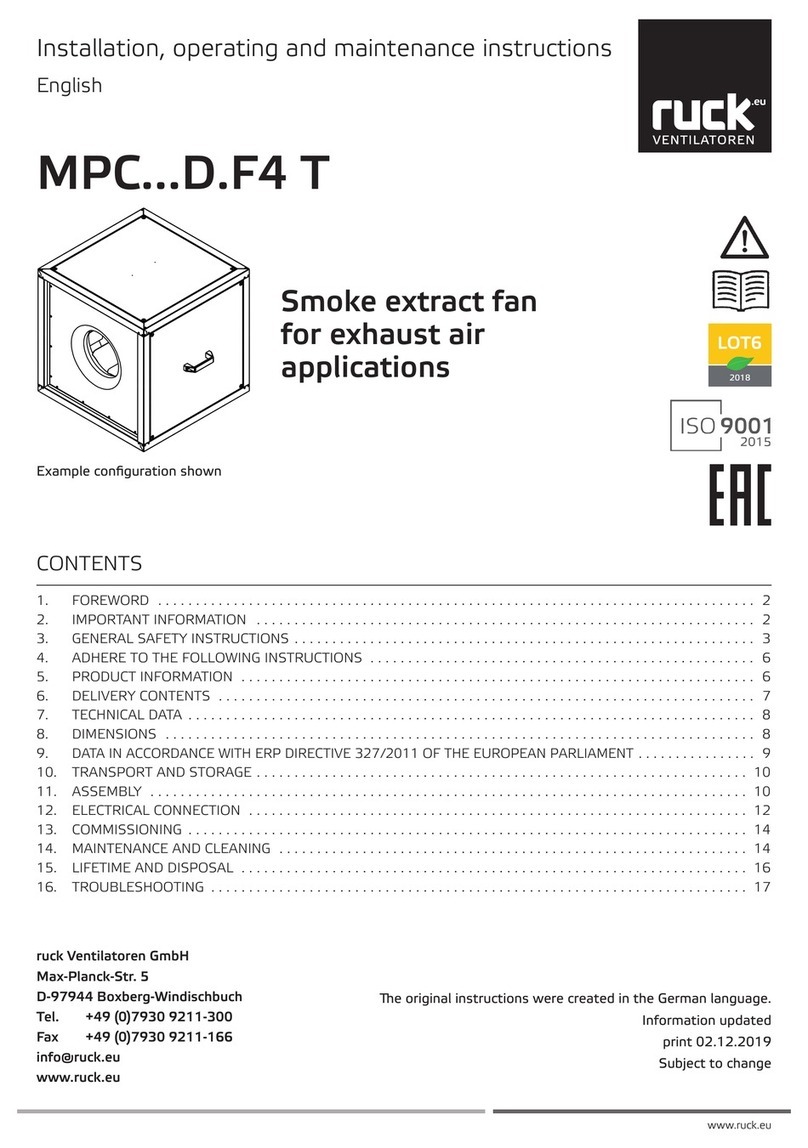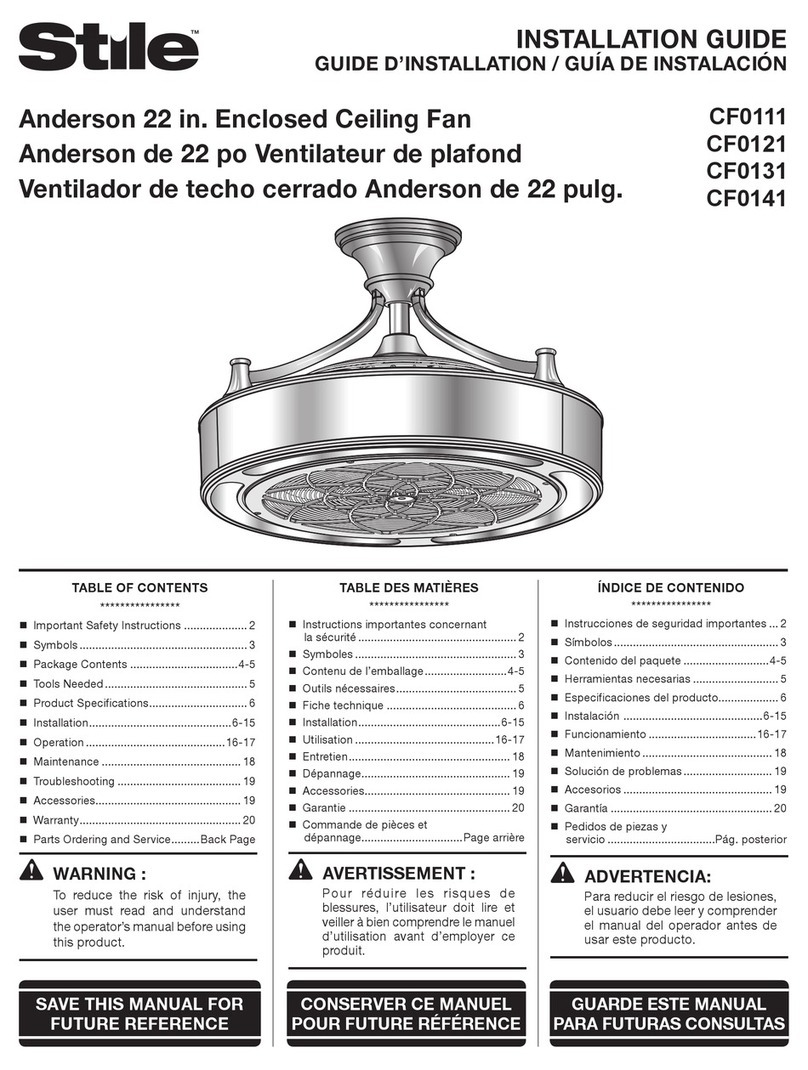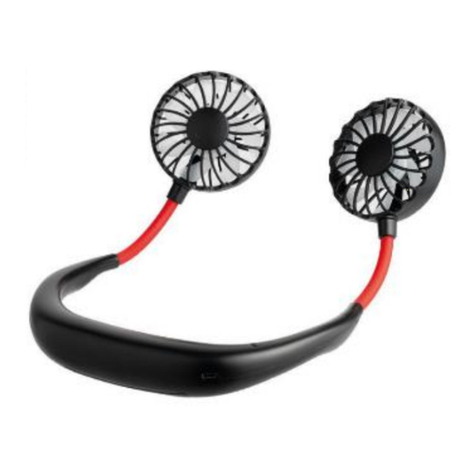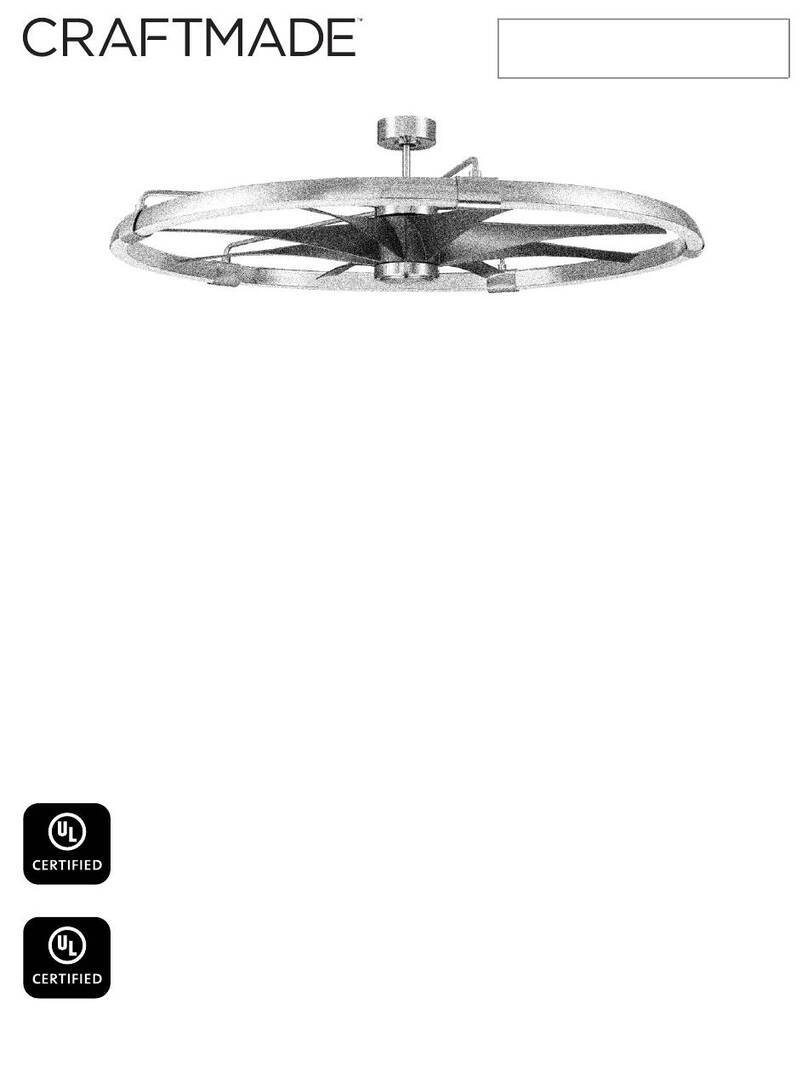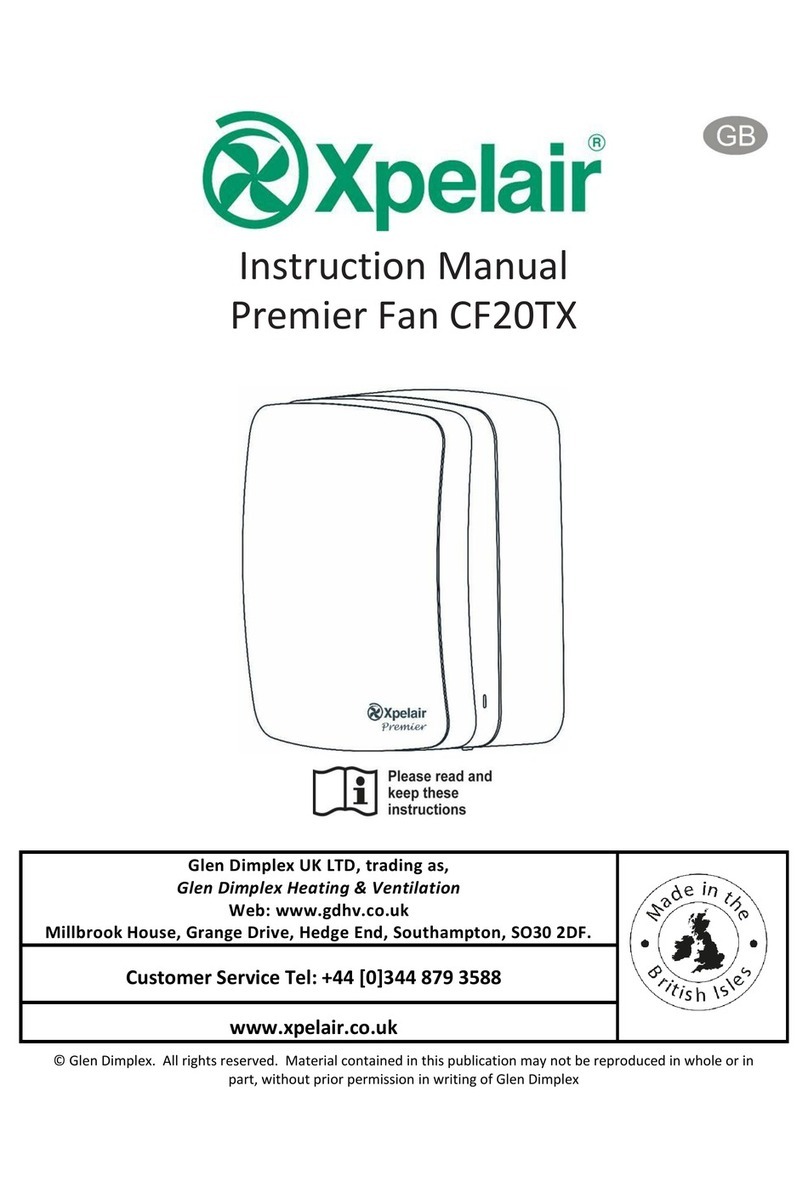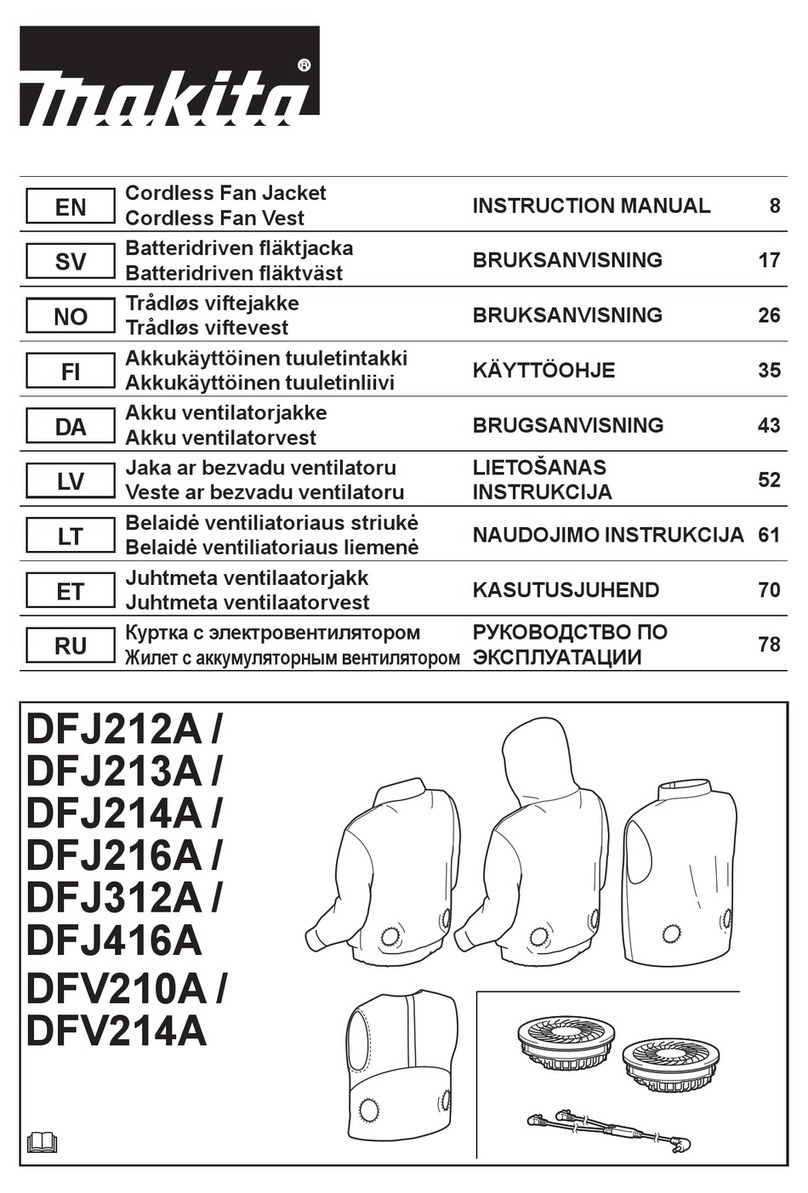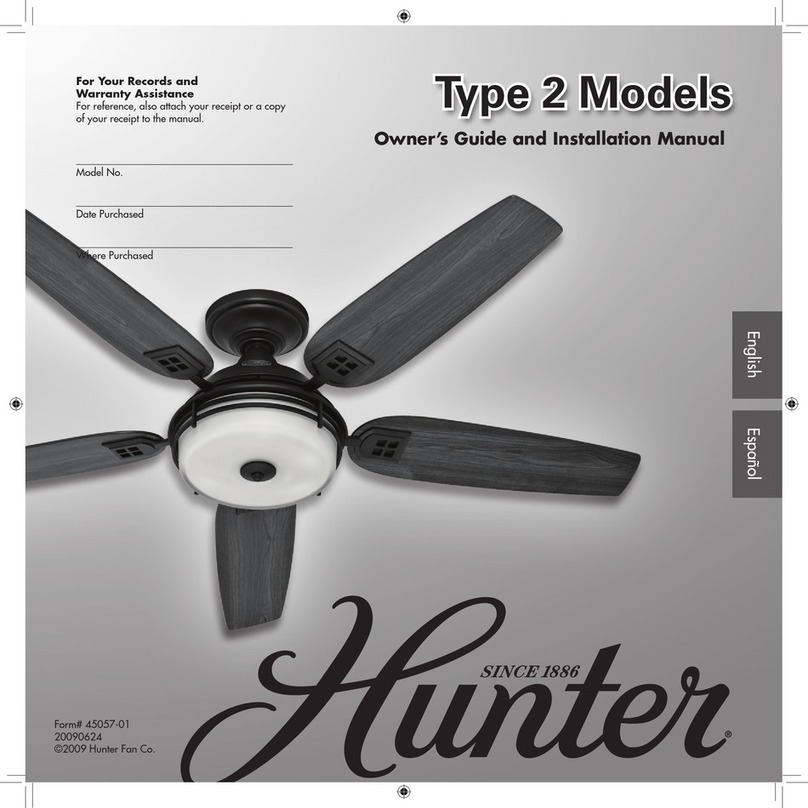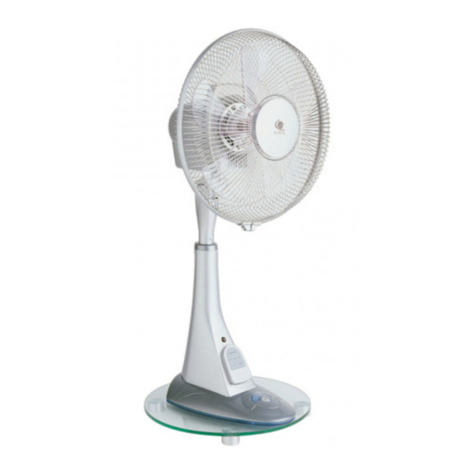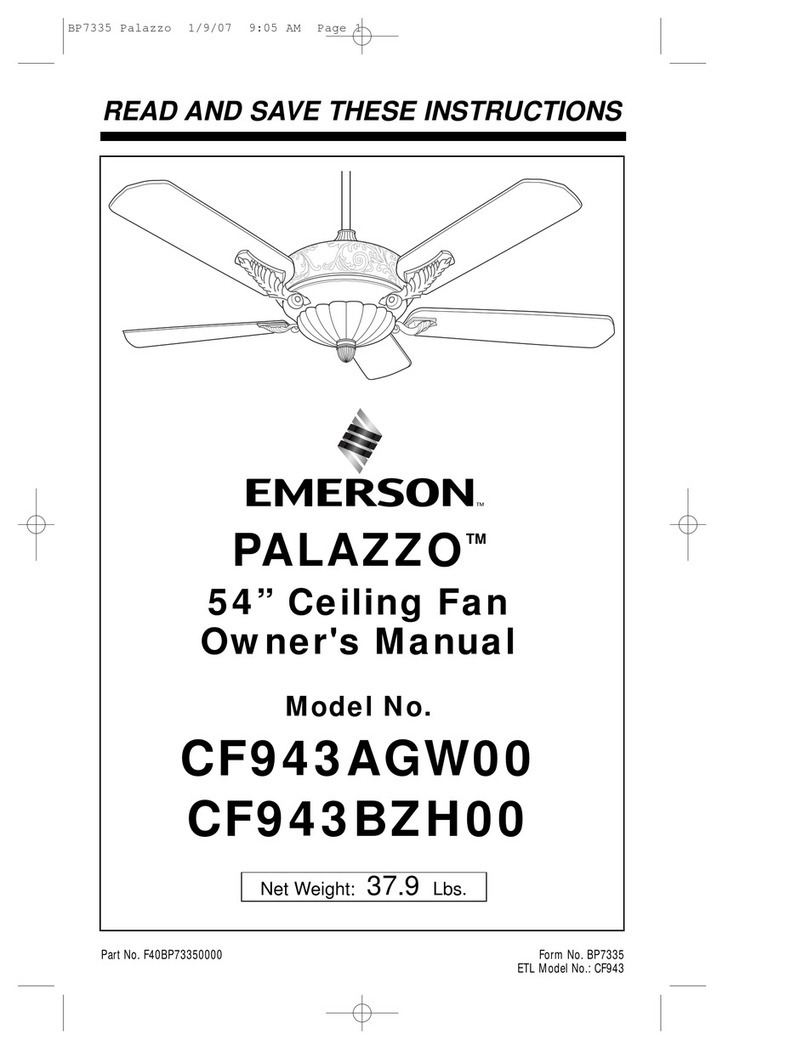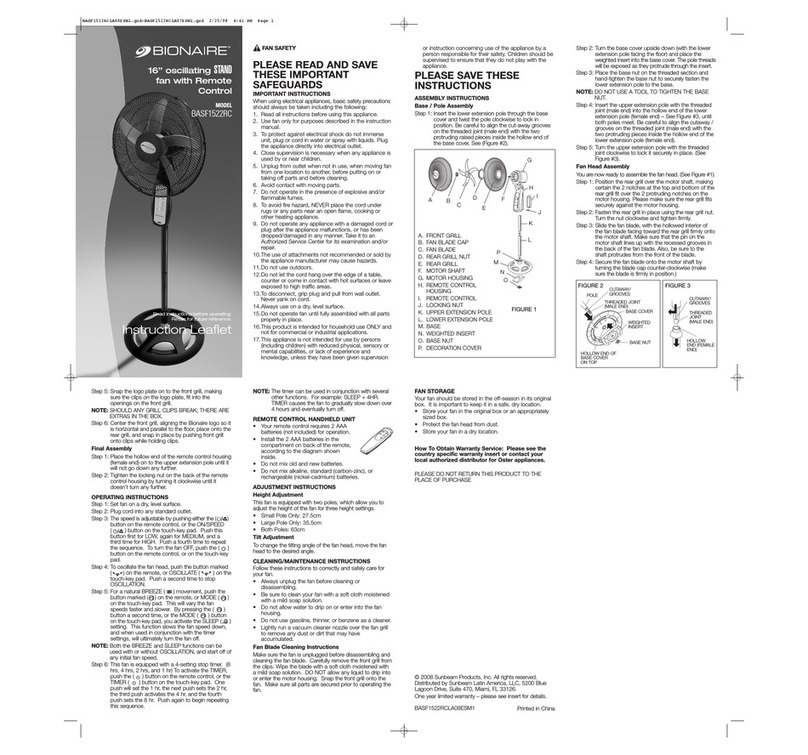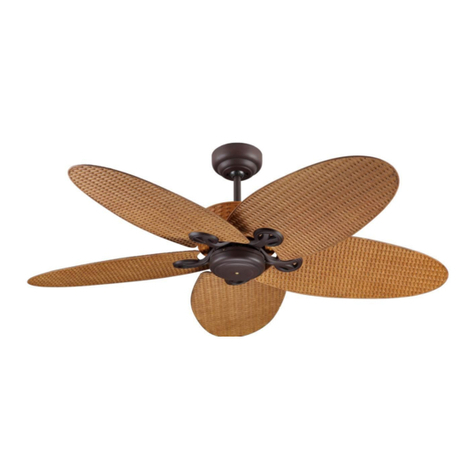ThreeSixty Innovations Pty. Ltd. – Plain English Ceiling Fan Warranty Terms
ThreeSixty Fan Warranty Ed. 1.3 Technical and Warranty Hotline: 1300 469 326 Page 1 of 2
Our goods come with guarantees that cannot be excluded under the Australian Consumer Law. You are entitled to a refund or
replacement for a major failure and for compensation for any other reasonably foreseeable loss or damage. You are also entitled
to have the goods repaired or replaced if the goods fail to be of acceptable quality and the failure does not amount to a major
failure.
Mechanical and Structural Components
Your ThreeSixty Product is covered against mechanical and structural defects that prevent it from working by a limited 36 month
on-site warranty. This warranty covers only the product itself and excludes workmanship or materials related to its installation
or any modifications. A major failure may be, for example, a motor defect preventing a product from operating shortly after it
was first installed or if it was damaged while in the original packaging. If the product stops working due to a mechanical or
structural defect within the first 36 months we will repair or replace the product at our discretion.
Electronic Components
Your ThreeSixty Product is covered against electronic defects that prevent it from working by a limited 12 month on-site
warranty. This warranty covers only the electronics supplied with the product and excludes workmanship or materials related to
its installation or any modifications. A major failure may be, for example, a power module that failed shortly after it was first
installed or if it was damaged while in the original packaging. If the product stops working due to an electronic defect within the
first 12 months we will repair or replace the electronic part at our discretion.
Compensation for reasonably foreseeable loss
Compensation normally comprises us paying associated labour costs to replace the defective product ifit’sinstalledwithina
reasonable distance from our repair agent. If beyond a reasonable distance (30km) you can arrange your own electrician and we
will compensate you for this up to a maximum of $115.50 inc GST. Note, we do not pay extra for extended travelling time or
additional costs when the job requires a longer than average time to complete.
To prevent or limit costs you may incur for service calls, you must notify us of the intention to use your own contractor and not
engage one until we have spoken to them (to arrange parts that may be required). If the problem is not a defect covered by our
warranty terms you will have to pay all costs. To reduce cost and inconvenience for all involved we will do our best to diagnose
the fault and supply parts before the contractor visits the site.
Eligibility for In-Home Service Calls
Hard wired electrical products must (by law) be installed by a licensed electrician. To obtain in-home warranty service you must
be able to provide a copy of the installing electricians invoice or the Certificate of Compliance given to you when the product
was first wired up and tested. If you cannot provide this information we limit our warranty to repair or replacement of the
product at our workshop and you will bear the costs of removal, shipping to us and reinstallation. We will pay the freight to
send the rectified unit back to you.
Access to products
Products installed on ceilings 4m and above may require special access equipment or WH&S measures. All costs for this
equipment must be borne by the site owner and the ceiling height given when booking a service call. If a service agent chooses
not to access a product installed at height due to WH&S concerns the owner must remove and reinstall the product at their own
expense.
Isolation Switches
Australian Standards require our instructions to state an isolation switch must be fitted. This allows the product to be physically
switched off in case of faults or to prevent damage from surges, lightning, etc. Emergency disconnection and/or remote control
re-programmingthatcan’tbeperformedduetolackofanisolationswitchisnotcoveredbywarranty.
Commencement
The warranty period begins from date of purchase and in-home warranty service is available only at the site of original
installation. If the product is installed as part of a project or development the warranty period commences when the product
was delivered to the site.
Damage
Damage from Force Majeure, electrical surges, wind, rain, lightning, power grid fluctuations, water ingress, condensation or use
with incompatible power sources will not be rectified under warranty. Likewise solid state or dimmer type speed controls may
damage ceiling fans or cause them to make unusual noises. Genuine parts and advice are available through our online and
telephone support services.














